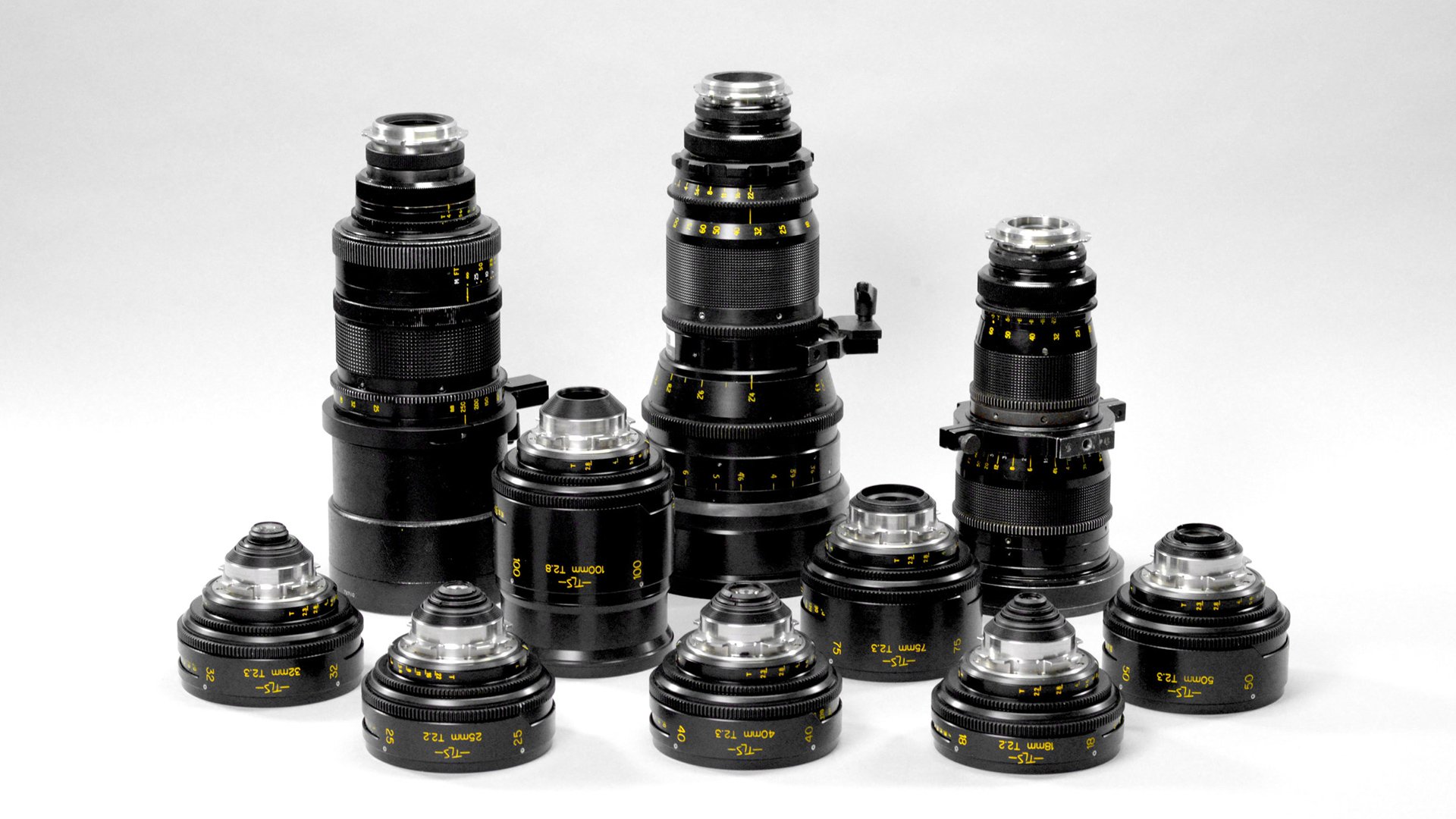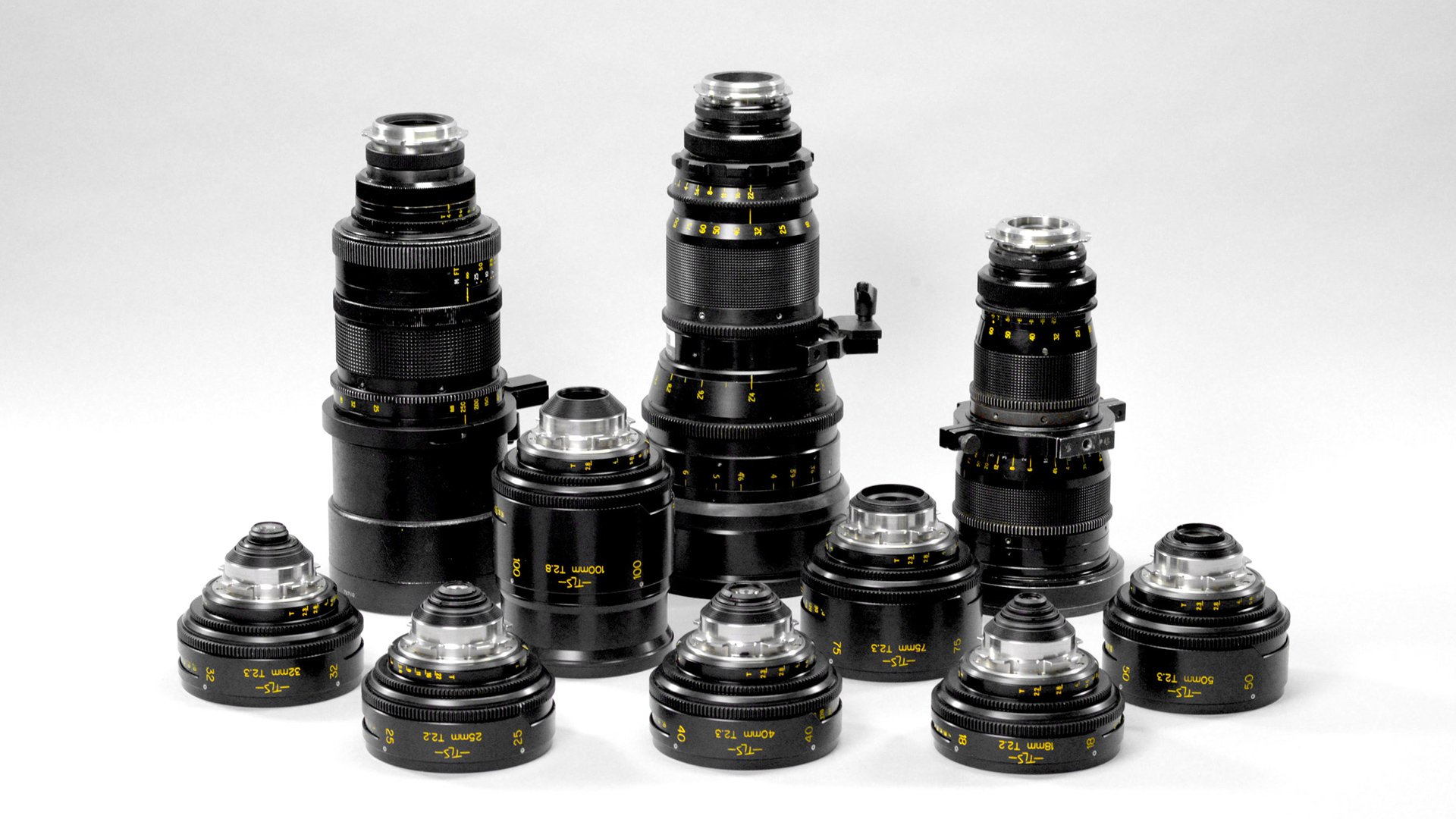

Before you decide to hand over your well earned cash for that vintage lens you've been after, you might not be getting quite what you bargained for. Phil Rhodes thinks that you should be careful what you wish for.
Certain things in moviemaking achieve almost supernatural significance for their ability to make nice pictures. Anamorphic lenses are one example. So is almost any system designed to allow the camera to fly around freely and describe complicated paths through the air. Photochemical film itself is the founding example. All of those things are wonderful in the right circumstances, but it might be a good idea to look at some of the movie world's rarer objects of desire and some of the pitfalls that might exist on the road to cinematographic nirvana.
The people and the equipment involved in today's topic must remain nameless, but they suggested our topic for today: classic lenses.
Classic lenses
People get excited about old glass because it's been used on well-liked productions, or because lots of people make vague claims about the pictures to the point where the word “painterly” should be banned from discussion. Possibly, sometimes, old lenses are more affordable than the latest designs, but just as often they're not. Precisely because history is such a powerful driver, it's easy to end up paying a fortune for decades-old glass on the basis that it's got an impressive CV.
The problems
Or at least, some of the lenses of that type have an impressive CV. One of the problems with older glass is that it can be inconsistent – get one 50mm lens of a particular type and it may not produce an image which looks identical to other 50mm lenses of that type or which looks very compatible with other focal lengths that came out of the same flight case. Even in 2018, preparing a camera package might involve spending some time figuring out which of a collection of classic lenses form the best-matched set, even if they've all got the same model number on the side.
We're also used to modern lenses being fast in a way that older lenses often weren't. Specifically, modern lenses maintain their sharpness – particularly corner sharpness – much better at the wider end of their aperture range. Older lenses often don't perform particularly wonderfully below f/4 or even f/5.6 for complex designs (basically, anamorphics). That's where a lot of classic movies were shot and anyone who's thinking that this makes a mockery of demands for very shallow depth-of-field in modern cinematography is... er... right.
Practical issues affecting older lenses often include long minimum focus distance on the basis that there was a time when films were shot in studios with lots of space available to back away from the subject, and possibly at a time when it wasn't so common to shoot extreme close-ups. At least one popular set of lenses has a combination of focal lengths and minimum object distances which makes it very difficult to get a real facial close-up of someone. Select a longer lens and it has a longer minimum focus distance so that the camera has to move back – and the framing ends up being similar. You can add a diopter or two with external attachments, of course, but an older lens might not have been the sharpest option to begin with.
The solutions
Planning the blocking helps to avoid issues with focal length and MOD. In general, though, it's back to basics: most lenses work better in the middle of the f-stop range, often between 4 and 8. It's all too easy, on modern glass, to get used to easy access to the sub-2 range and that just isn't going to work well with optical designs from the sixties. Sensitive modern cameras offset this at least a bit. It's sometimes reasonable to shoot at sensitivities beyond ISO 1000, which is a full stop faster than the fastest commonly used 35mm negative, and two or three stops faster than the sharpest, quietest film stocks. That said, we can't have slow lenses (or lenses that only work well when used slow) and no light.
So yes, if we want it to look like a big, expensive action movie, we might have to light it like one, at least to an extent. Break out the 18Ks, and you too can shoot effective pictures on the same glass as an Oscar winner from decades past.
Tags: Production


Comments